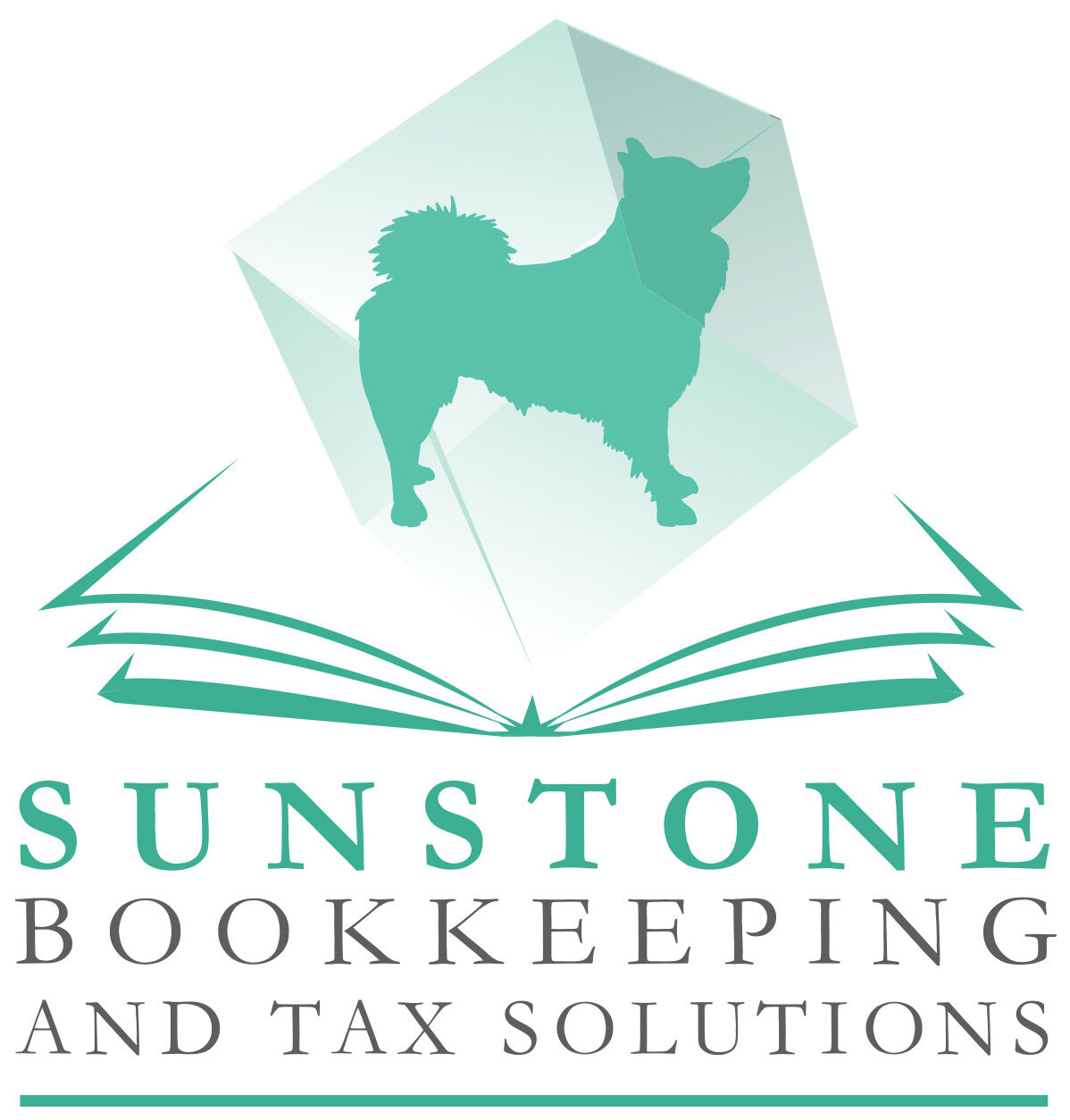A Qualified Small Employer Health Reimbursement Arrangement (QSEHRA) is a valuable option for small businesses looking to provide healthcare benefits to employees in a cost-effective, flexible way. Designed specifically for companies with fewer than 50 full-time employees, a QSEHRA allows employers to reimburse employees tax-free for health insurance premiums and other qualifying medical expenses. Here’s a closer look at the benefits, requirements, and extensive list of covered expenses that make QSEHRA a strong choice for small businesses.
This is the second in a series of articles we are publishing regarding tax implications related to health insurance for individuals and small businesses.
As a reminder, the open enrollment period for health insurance launched November 1, 2024, and concludes January 15, 2025.
Benefits of Offering a QSEHRA
- Cost Control: Unlike traditional group health insurance, where premium costs can fluctuate and increase, a QSEHRA gives employers the ability to set a defined budget, providing full control over healthcare spending.
- Tax Advantages: QSEHRA reimbursements are tax-free for both employers and employees, provided employees have minimum essential coverage (MEC). Employers also benefit from a tax deduction on these contributions, making it a win-win for both sides.
- Employee Flexibility: With a QSEHRA, employees can select the health insurance plan that best meets their needs and budget. This personalization enhances employee satisfaction, as they can tailor their health benefits to fit their unique healthcare circumstances and family requirements.
Requirements for Establishing a QSEHRA
To offer a QSEHRA, businesses must meet certain requirements as outlined by the IRS:
– Size Limitation: Only employers with fewer than 50 full-time employees can offer a QSEHRA.
– No Group Health Plan: Employers offering a QSEHRA cannot provide a separate group health plan to any employees. The QSEHRA is intended as an alternative for small businesses that do not offer group health insurance.
– Employee Coverage Requirement: Employees must have minimum essential coverage (MEC) to receive QSEHRA reimbursements tax-free. If an employee lacks MEC, any reimbursements are treated as taxable income and must be reported on their tax return.
How the QSEHRA Works
- Set a Budget and Define Reimbursement Limits: Employers decide how much they wish to offer in reimbursements, with annual IRS-set limits. For 2024, the maximum reimbursement amounts are around $5,850 for individual employees and $11,800 for families (2025 limits are $6,350 and $12,800 respectively). Employers have the flexibility to set limits below these maximums based on their budget.
- Employee Submission of Expenses: Employees pay for eligible health expenses out-of-pocket, then submit documentation to the employer for reimbursement. Eligible expenses encompass a broad spectrum of healthcare costs, providing extensive coverage and flexibility.
- Tax-Free Reimbursement: As long as employees have MEC, QSEHRA reimbursements are tax-free for them, with no need to report the reimbursement as income. Employers benefit from a tax deduction on these reimbursements, enhancing the overall tax efficiency of the arrangement.
Extensive List of Eligible Expenses
One of the standout features of a QSEHRA is the broad range of health expenses it covers, providing employees with a flexible benefit that can be tailored to their healthcare needs. This extensive list includes more than just insurance premiums and helps employees manage various out-of-pocket costs. Some of the main categories of eligible expenses include:
– Health Insurance Premiums: Premiums for individual health policies, COBRA, and even Medicare are covered, making QSEHRA funds versatile across different coverage needs.
– Out-of-Pocket Medical Costs: Reimbursements can be applied toward co-pays, deductibles, and other costs for doctor visits, hospital stays, surgeries, and lab tests.
– Prescription Medications and Insulin: Both prescription drugs and insulin are eligible, which can be a significant relief for employees managing ongoing medication costs.
– Dental and Vision Care: Dental expenses, including exams, cleanings, braces, and dentures, as well as vision costs like eye exams, glasses, and contact lenses, are covered. This is especially valuable as these areas are often excluded from standard health insurance.
– Mental Health Services: QSEHRA reimbursements can cover therapy sessions, psychiatric services, and other mental health treatments, aligning with the growing focus on mental wellness in the workplace.
– Medical Equipment and Supplies: Eligible expenses include items such as crutches, hearing aids, bandages, and durable medical equipment like wheelchairs, offering support for various health needs.
– Over-the-Counter (OTC) Health Products: Following recent updates, many OTC products are also covered. Eligible items include common medications (e.g., pain relievers, allergy medications), health aids (e.g., first-aid kits, thermometers, blood pressure monitors), and feminine hygiene products (e.g., tampons, pads). This feature makes QSEHRA funds useful for day-to-day healthcare needs, not just major medical expenses.
Additional Rules and Considerations
– Impact on Premium Tax Credit: Employees who are eligible for a Premium Tax Credit (PTC) through the Health Insurance Marketplace may see an adjustment if they receive QSEHRA reimbursements. The amount of QSEHRA reimbursement reduces the PTC since employees cannot receive full benefits from both.
– Annual Reporting: Employers are required to report the QSEHRA amount on employees’ W-2 forms each year, ensuring compliance with IRS rules and transparency for both parties.
– Communication Requirements: Employers must provide employees with a written notice about the QSEHRA each year, including the annual reimbursement limit and a reminder that MEC is required to receive tax-free reimbursements.
QSEHRA vs. Group Health Insurance
For small businesses, a QSEHRA can be an ideal solution, offering healthcare benefits without the administrative and financial burdens of traditional group health insurance. With a QSEHRA, employers set a defined benefit amount, giving them control over costs while providing employees with greater choice and flexibility in their healthcare decisions.
Is a QSEHRA Right for Your Business?
A QSEHRA can be a smart choice if you’re a small business owner who wants to offer healthcare support to employees without committing to the cost and complexity of a group health plan. It’s especially appealing for companies that value flexibility, budget control, and a customizable approach to healthcare benefits. Consulting a benefits advisor or tax professional can help ensure you’re setting up and managing a QSEHRA in a compliant, strategic way tailored to your business needs.


